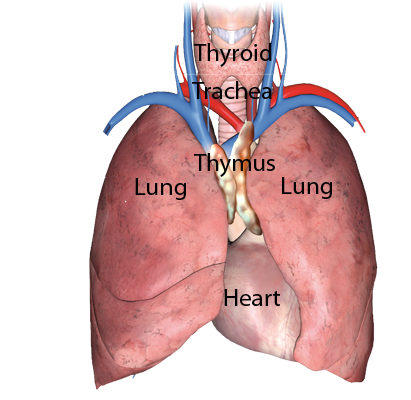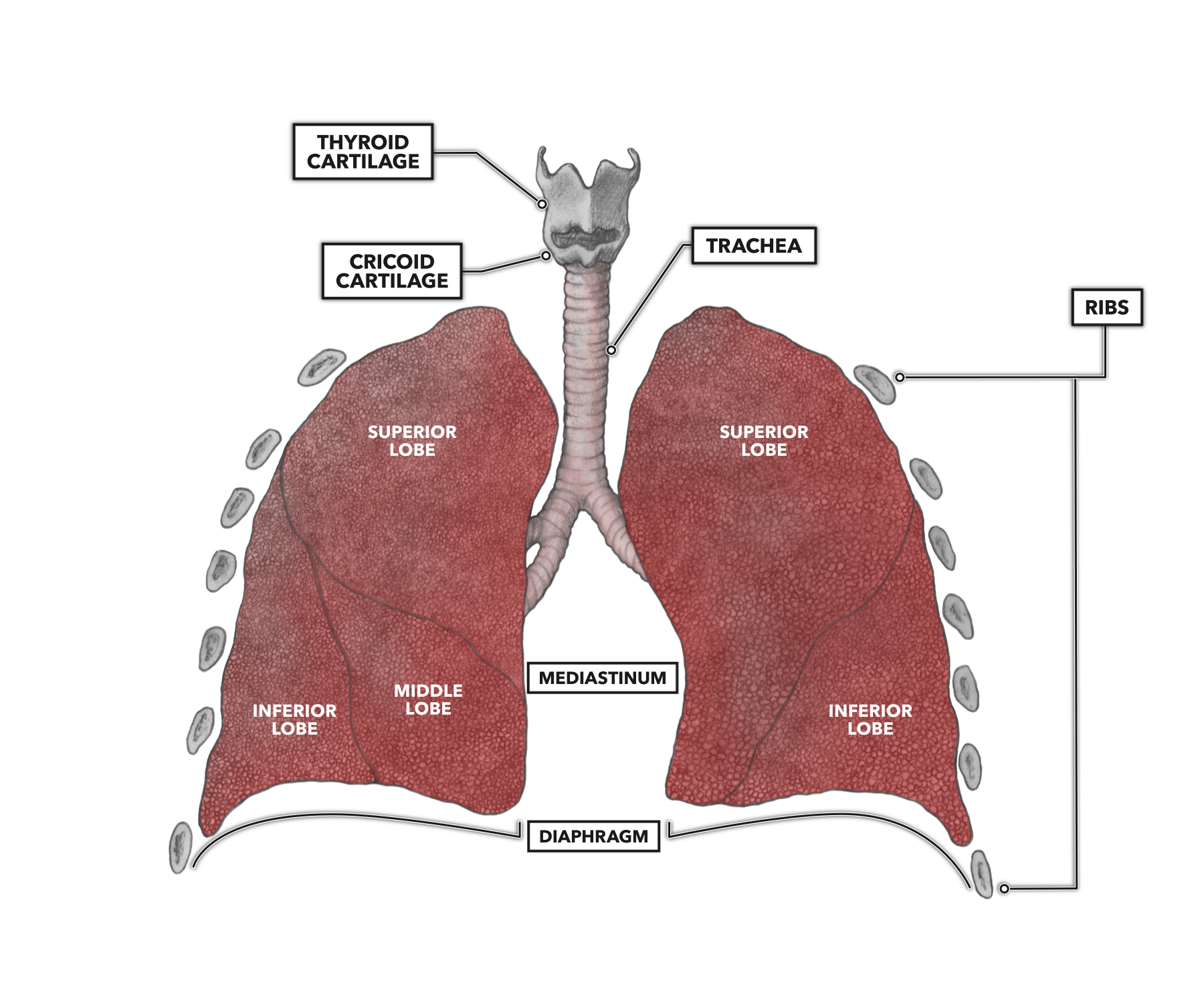What is an aortic aneurysm?
An aortic aneurysm is a weakened or bulging area on the wall of the aorta, which may occur anywhere on it.
There are two major complications of aortic aneurysms:
Rupture: A hole develops in the weakened or ballooned area, called a rupture, that lets blood to leak or burst out into the body.
Dissection: Aortic dissection is a split between the layers of the aorta that traps blood coming from the heart. The layers of the artery wall are split by the blood pumped forcefully through the aorta, creating an area where blood builds up and continually leaks into the space, which further splits the artery wall.
The wall of the aorta is normally quite elastic, allowing it to stretch and shrink to accommodate blood flow. Certain medical conditions (high blood pressure and atherosclerosis, for instance), can weaken the artery walls, and cause a rupture or dissection.
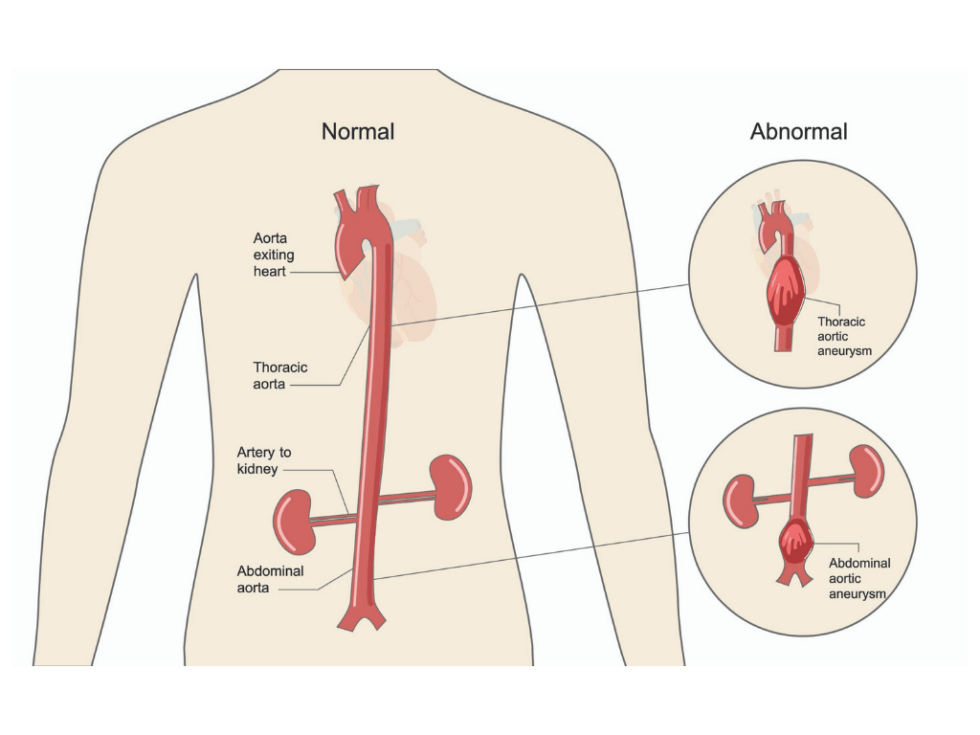
How is an aortic aneurysm or dissection treated?
Aortic dissections and aneurysms can be treated in two main ways:
- Surgery to repair or replace the damaged section of the aorta. Surgery is the main treatment option if the patient is able to undergo the operation. The type of surgery and specific approach is determined by the location of the aneurysm.
- Medication to lower blood pressure and reduce the risk of future rupture.
Want More Information?
What is arrhythmia?
An arrhythmia refers to an abnormal heart rhythm. You can sometimes feel this yourself, when it feels like your heart flutters, or there’s a brief pause in its rhythm. An arrhythmia can also make your heart beat too fast or too slow. Bradycardia is when the heart rate is too slow — less than 60 beats per minute, while tachycardia is when the heart beats too fast (100+ beats per minute).

How is an atrial fibrillation treated?
If your doctor determines you need treatment, there are several courses of action. Atrial fibrillation treatment focuses on restoring your normal heart rate and rhythm to improve common symptoms such as fatigue, shortness of breath and a racing heart.
Medication
The first line treatment by a cardiologist for atrial fibrillation is medical therapy.
There are 2 key steps:
- Restoring a normal heart rate and rhythm
- Managing the risk for stroke
Management of atrial fibrillation also involves minimizing the risk of clot formation in the heart with blood thinning medications. Clots within the heart can lead to stroke.
Non-surgical procedures
In the case that medical therapy is not successful, ablation is a more invasive treatment available for treating atrial fibrillation.
Surgical procedures
Maze
The Maze procedure is an operation performed for atrial fibrillation where a number of small incisions and lesions are made on the left and right atria by a cardiac surgeon to form scar tissue. This scar tissue interrupts the abnormal electrical pathways that cause atrial fibrillation.
Hybrid surgical-catheter ablation
Hybrid surgical-catheter ablation offers a new treatment option for patients with hard-to-treat atrial fibrillation. This procedure combines catheter ablation with thoracoscopic surgery, a minimally invasive chest surgery. Both a cardiac surgeon and an electrophysiologist work together to perform the surgery.
Want More Information?
What is a benign lung tumor?
A tumor, or abnormal growth in the lungs, is the result of abnormal cells or cell death in lung tissue, or in the airways leading to the lungs. This can occur if the cells divide too rapidly or do not die off normally.
Small growths in the lungs — those 3 cm or less in diameter — are called pulmonary nodules. A growth larger than 3 centimeters in diameter is called a mass.
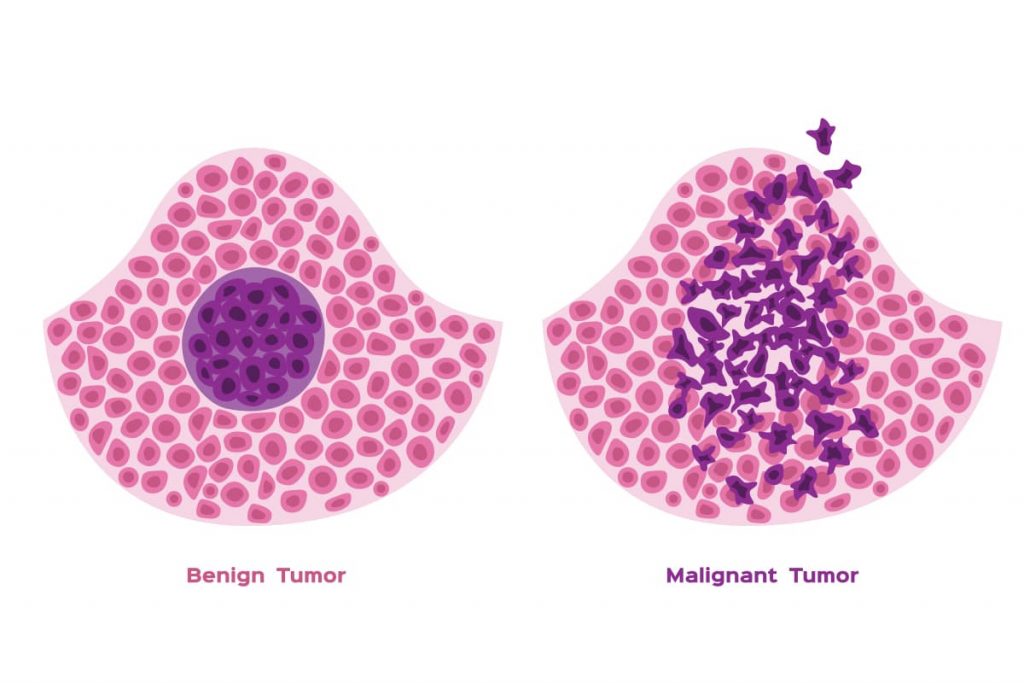
What is the treatment for benign lung tumors?
Because benign lung tumors are not typically life-threatening, your doctor may decide to monitor your condition. If the tumor is growing or otherwise problematic, your doctor may recommend surgical removal.
For the surgery, you will be placed under general anesthesia, and your surgeon will create an incision on the side of the chest to remove the tumor. The amount of lung removed depends on the size and location of the tumor. Following surgery, you’ll stay in the hospital for about 4 to 7 days before being released to continue to recover at home.
Blocked or Clogged Artery
When the arteries to your heart are blocked or damaged, the flow of oxygenated blood is restricted or completely stopped, and your heart can’t work properly.
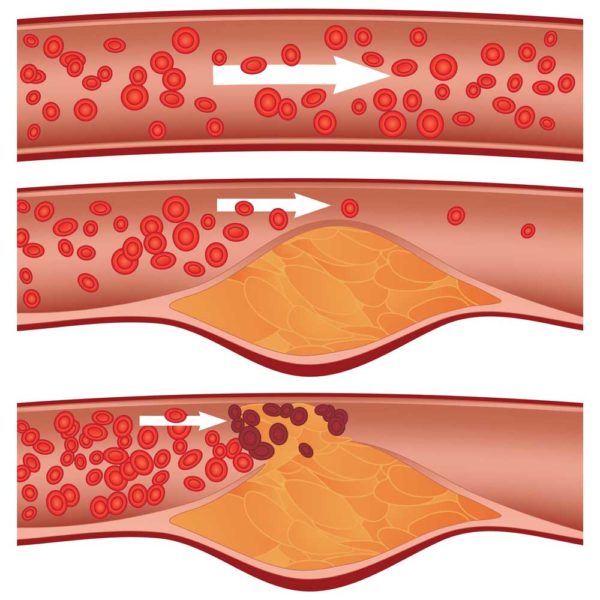
What is coronary artery bypass surgery?
When the arteries to your heart are blocked or damaged, the flow of oxygenated blood is restricted or completely stopped, and your heart can’t work properly. A coronary artery bypass provides a way for surgeons to create a “detour” around the blocked area. The result is restored blood flow and increased quality of life.
Want More Information?
What is heart valve surgery?
The heart has four valves, which let blood exit or enter a chamber of the heart, and then close to keep blood from flowing backward. When a valve becomes diseased and malfunctions, heart valve surgery may be needed to repair or replace the faulty valves.
The most commonly replace valves are the aortic valve and the mitral valve The replacement of the other two valves, pulmonary and tricuspid, is fairly uncommon in adults.
Some of the conditions that require heart valve surgery include
Stenosis (narrowed or blocked)
Regurgitation (leaking)
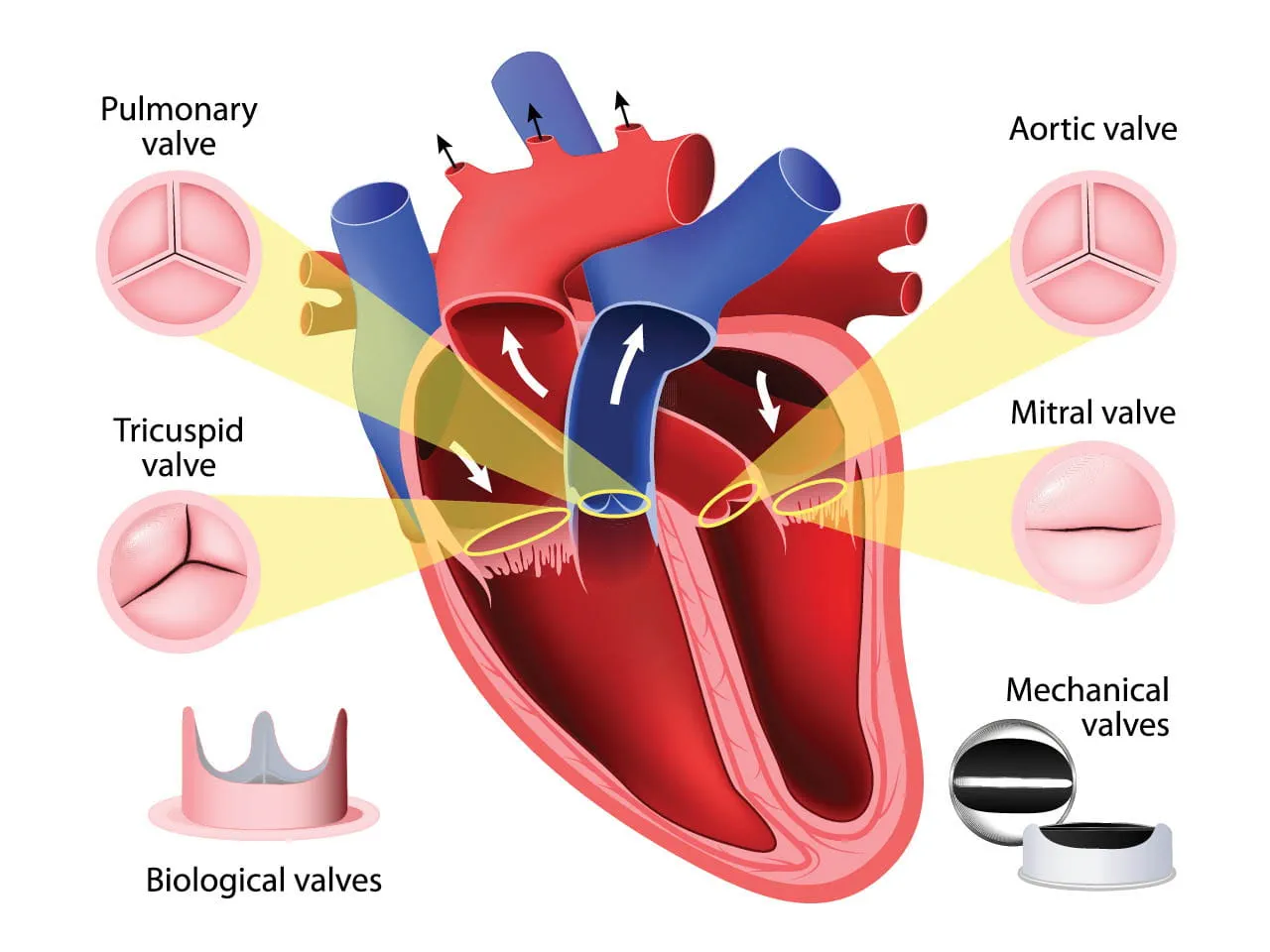
Traditional Heart Surgery
Traditional heart surgery is done under general anesthesia. The surgeon makes an incision about 8-10 inches long through the patient’s chest, through the breastbone. The rib cage is opened so the surgeon can access the heart.
During the surgery, you’ll be placed on a ventilator through a breathing tube down your throat. Your vital signs, such as your heart rate, breathing rate, and blood pressure, are constantly monitored. You’re also given medicine to thin your blood to decrease the chances of clotting.
Traditional heart surgery is commonly used for those patients who need complicated heart surgeries. Your doctor may recommend it if you are undergoing a multiple coronary artery bypass, or other complex aorta procedures.
Want More Information?
What is a malignant lung tumor?
A malignant lung tumor is also known as lung cancer. The two major types of lung cancer are non-small cell lung cancer and small cell lung cancer. If left untreated, the cancer can spread, or metastasize, to other areas of the body, leading eventually to organ failure.

What is the treatment for malignant lung tumors?
If you are diagnosed with lung cancer, your oncologist will create a treatment plan, which may include lifestyle changes, chemotherapy, radiation therapy, targeted drug therapy, and surgery. Surgery may be the only required treatment for early-stage, localized tumors, while more advanced cancers may require surgery in conjunction with other treatments.
We work closely with lung specialists, medical and radiation oncologists to develop individualized treatment strategies for our patients.
Want More Information?
What is heart failure?
Heart failure means that your heart isn’t pumping blood properly. Your heart still beats, but its ability to pump blood throughout your body isn’t being met. As a result, blood can back up in your veins, and fluid can build up in your body, leading to “edema,” or swelling in your feet, ankles, and legs. If fluid builds up in your lungs, you can experience “pulmonary edema,” which can lead to difficulty breathing. When suffering from heart failure, your body doesn’t get enough blood and oxygen.
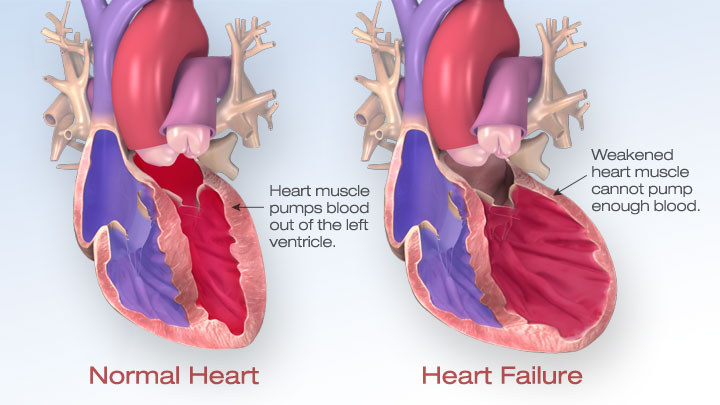
How is heart failure treated?
If you are diagnosed with heart failure, it’s important to know that it is treatable. Your doctor may prescribe a variety of approaches, including:
- Treating the cause of heart failure, such as coronary heart disease, high blood pressure, or diabetes
- Making lifestyle changes (exercise and diet, for example)
- Medication
- Devices and surgical procedures
What is a lung infection?
Lung infections are known as pneumonia when located in the air sacs or bronchitis when in the larger airways. They occur when bacteria, viruses and sometimes fungi collect and begin to grow in a person’s lungs. When this happens, the airways fill with pus and liquid, making it difficult to breathe. Your symptoms might include chest pain and/or a frequent cough.
Pneumonia is a common problem and treated with antibiotics. On occasion, the inflammation that can occur secondary to pneumonias can lead to the accumulation of fluid within the chest. Known as a pleural effusion, this fluid can interfere with proper lung function.
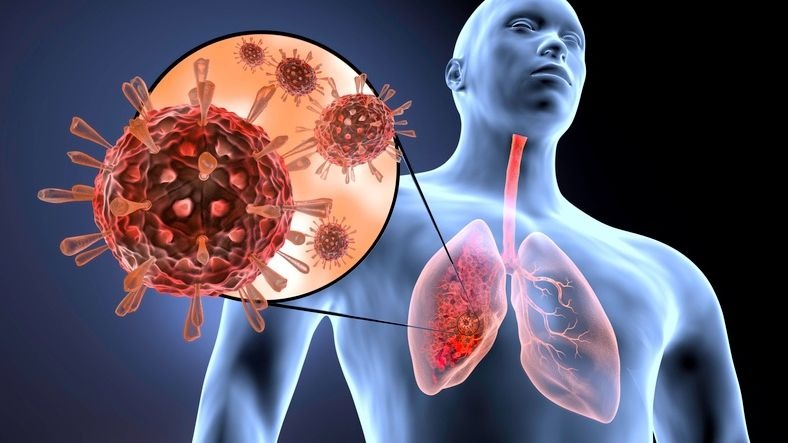
What is the treatments?
Most people with lung infections can be treated with antibiotics. If your immune system is already weakened, such as in the young or elderly, your doctor may recommend you be admitted to hospital for further treatment.
If pleural effusion develops, an operation may be required to remove the fluid.
What is a pleural effusion?
When fluid builds up in the area between the lining of the lung and the chest cavity, it is called a pleural or pulmonary effusion. While this area normally contains a small amount of fluid, trauma, malignant cells, and infectious agents can cause this area to expand with abnormal amounts of fluid.
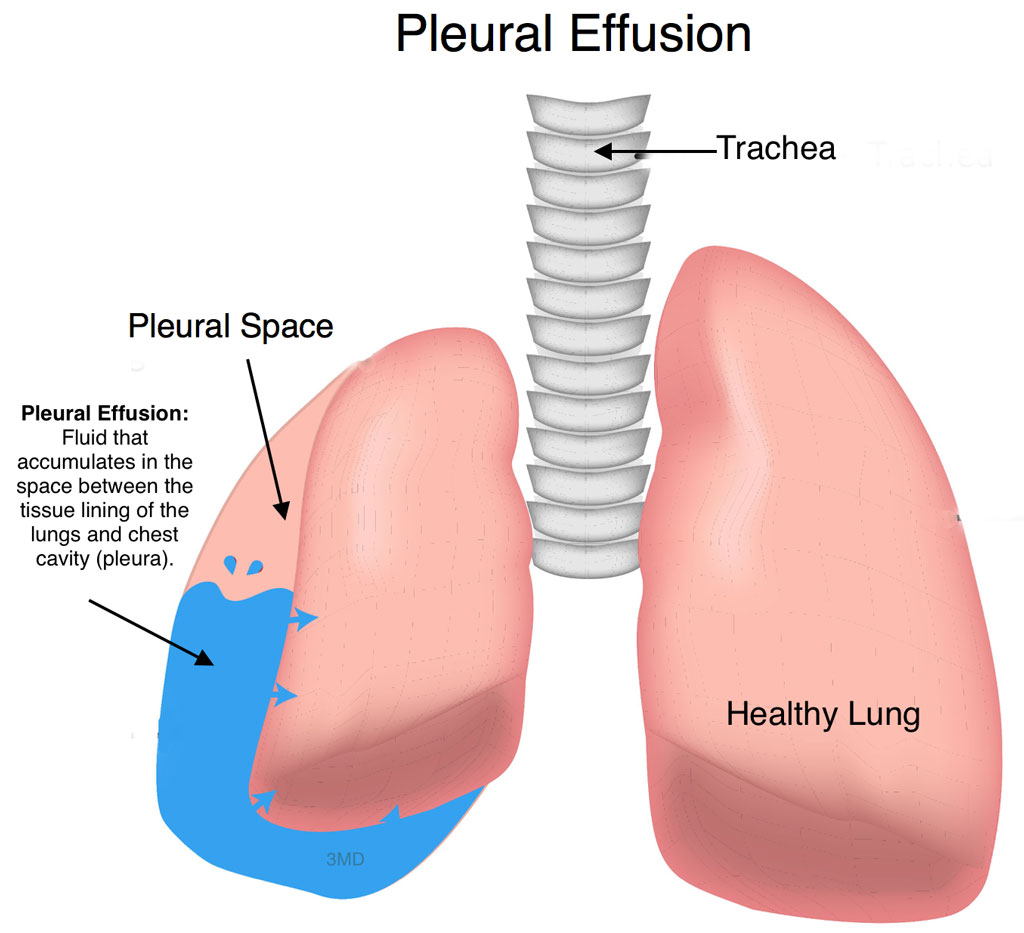
What are the treatments?
Minor effusions may resolve on their own, while most larger cases will require intervention, starting with drainage of the pleural fluid. For drainage, the doctor will insert a small tube into the effusion, allowing the fluid to drain. Some severe cases may require surgery to break up adhesions or to help seal the pleural space and prevent future effusions.
Your doctor may also choose to treat the effusion with medication such as antibiotics or diuretics.
What is a thymoma?
The thymus gland plays an important role in the development of the immune system development while a fetus. As people age, it becomes a fatty like tissue.
The thymus has the potential to develop tumors (e.g. thymoma) that are best treated with surgical removal of the entire thymus. Myasthenia Gravis is a disorder that can be improved with removal of the thymus, even if a tumor is not present.
